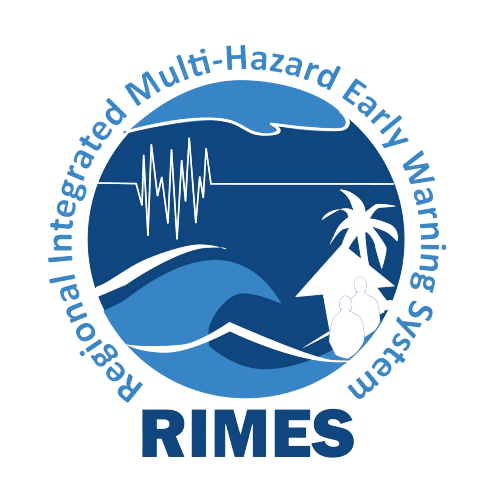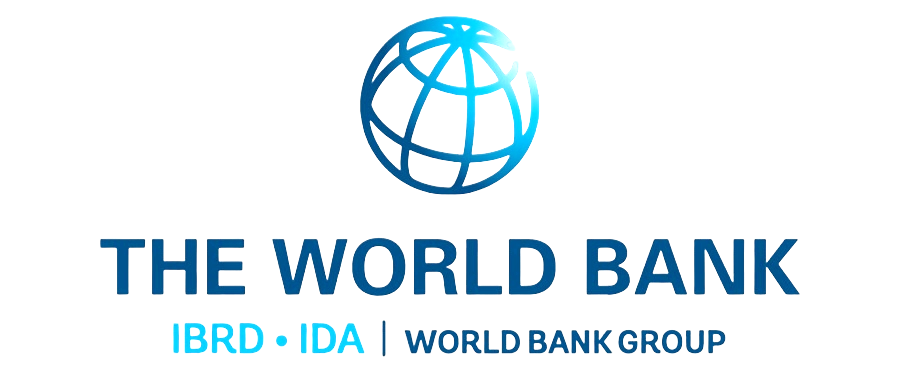FAQs
These are the most frequently asked questions. If you have any other question, please Contact Us.
The Climate Adaptation and Resilience (CARE) for South Asia Project, supported by the World Bank, was developed to respond to gaps in climate-informed planning and decision making for strengthening resilience in the region. CARE focuses on translating policy into actions by fostering regional cooperation and knowledge on climate resilience and adaptation, and development of standards and guidelines for facilitating climate-resilient planning and investments.
The Regional Integrated Multi-Hazard Early Warning System (RIMES) implements CARE’s Component 1, with nexus on promoting evidence-based climate-smart decision making.
The Resilience Data and Analytics Services (RDAS) platform is part of CARE
Component 1, designed to facilitate the translation of climate-resilient policies
into actionable strategies.
RDAS is a public-domain, cloud-based, artificial intelligence/machine learning-enabled platform for consolidating open data and analytics relevant for
climate-informing key sectoral policies, decisions, and investments in South
Asia.
The RDAS also consolidates the Decision Support Systems of Bangladesh,
Nepal, and Pakistan, as well as the South Asia Hydromet Forum Knowledge
Hub, for a robust platform of reliable, updated data and analytics in the region.
Decision support systems (DSSs) are digital tools that integrate and transform
sectoral and weather/climate data into decision guidance products for climate-informed plans, decisions, and investments in institutions and communities in
the CARE Component 1 focus countries.
Different DSSs have been developed in collaboration with CARE Component
1 by governments in Bangladesh, Nepal, and Pakistan according to their
unique needs for dynamically generating forecast-based decision guidance
products for various decision makers at national and sub-national levels, as
part of CARE Component 1.
In Bangladesh, DSSs have been developed for the livestock and water
sectors. In Nepal, DSSs have been developed in the agriculture, transport,
and disaster risk management sectors. In Pakistan, DSSs have been
developed in the agriculture and planning and development sectors.
The South Asia Hydromet Forum (SAHF) is part of CARE Component 1.
SAHF fosters collaboration and coordination for hydromet and early warning
services in South Asia by creating the required institutional and governance
arrangements, and fostering knowledge sharing and capacity building through
Forecasters’ Fora. The SAHF Knowledge Hub facilitates seamless
collaboration and exchange across SAHF members by hosting relevant
knowledge products and by facilitating data sharing through the Data
Exchange Platform (DataEx).
The Regional Integrated Multi-Hazard Early Warning System (RIMES) serves
as the SAHF Secretariat and also provides technical inputs to SAHF.
In Bangladesh, CARE Component 1 collaborates with government agencies in the livestock and water sectors in the development of decision support systems (DSSs); and in the agriculture sector in the development of a mobile application.
In Nepal, CARE Component 1 collaborates with government agencies in the agriculture, transport, and disaster risk management sectors in the development of decision support systems (DSSs).
In Pakistan, CARE Component 1 collaborates with government agencies in the agriculture and planning and development sectors in the development of decision support systems (DSSs).
It is the National Livestock Advisory System Forecasters’ Decision Portal in Bangladesh. It was co-developed with the Department of Livestock Services (DLS). [https://nlas.dls.gov.bd/]
It is the Bangladesh Agro-Meteorological Information Service. The Kiosk monitoring web and mobile applications were co-developed with the Department of Agricultural Extension (DAE). [https://kms.bamis.gov.bd/]
It is the Bangladesh Water Development Board (BWDB)’s Flood Forecasting and Warning Centre FloCAST System [http://ffwc.rimes.int/]
It is the Multi-Hazard Early Warning System in Nepal. It was co-developed with the National Disaster Risk Reduction Management Authority (NDRRMA). [https://np-satark.rimes.int]
It is the Climate-Resilient Road Operations and Infrastructure System DSS in Nepal. It was co-developed with the Department of Roads (DoR). [https://np-dor-test.rimes.int]
It is the Climate-Informed Planning and Development System DSS in Pakistan. It was co-developed with the Ministry of Planning, Development and Special Initiatives (MoPDSI). [http://203.156.108.67:2080/]
It is the Agro-Advisory System DSS. There are ADVISE systems for Nepal as well as Balochistan and Punjab provinces in Pakistan. In Nepal, it was co-developed with the Ministry of Agriculture and Livestock Development (MoALD) [https://np-moald-staging.rimes.int/]. In Balochistan, it was co-developed with the Balochistan Agriculture and Cooperatives Department (BACD) [http://203.156.108.67:1180/] and in Punjab, it was co-developed with the Punjab Agriculture Department (PAD) [http://203.156.108.67:1080/]
Sector Focal Points are officially designated representatives from respective government agencies and institutions who work closely with the CARE Project team to provide feedback and recommendations on the systems being developed to facilitate operationalization and sustainability.
Please fill up the Contact Us form here: Contact Us



